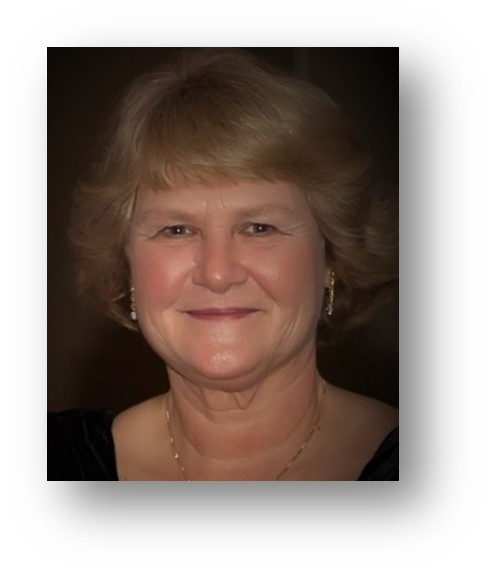Innovation Unleashed: A Hands-On Invention Challenge With Interactive Technology
,
Colorado Convention Center, Mile High Ballroom 4EF
Presenters




Session description
Purpose & objective
This session aims to empower educators with a transformative approach to teaching that integrates hands-on invention challenges with cutting-edge interactive technology. Participants will explore a dynamic learning experience that spans problem definition, solution sketching, patent searches, prototyping, and branding. The session aims to inspire educators to reimagine their teaching methods, fostering a culture of innovation, collaboration, and technological fluency in their classrooms.
o Participants will learn strategies to guide students in identifying and defining authentic, real-world problems that align with their curriculum and encourage critical thinking.
o Educators will explore techniques for facilitating problem identification and creative solution creation, encouraging students to think divergently and express their ideas visually.
o Participants will gain practical insights into integrating intellectual property education by guiding students through conducting patent searches, creating a trademark, and understanding copyrights and trade secrets.
o Educators will learn about prototyping tools and methodologies, understanding how to guide students in turning their ideas into tangible prototypes using inexpensive materials.
o The session will cover strategies for incorporating branding and marketing concepts into the invention challenge. Educators will explore ways to teach students how to communicate their creations' value effectively.
o Participants will be introduced to interactive technology tools such as Padlet, Nearpod, Kahoot, Google Jamboard, and the Virbela classroom. They will learn how to seamlessly integrate these tools into each stage of the invention challenge for enhanced collaboration, engagement, and creativity.
o Educators will discover the potential of virtual immersive learning environments, specifically through the Virbela classroom, understanding how these platforms can elevate the invention challenge by providing unique and immersive experiences for students.
o The session will explicitly demonstrate how the hands-on invention challenge, coupled with interactive technology, aligns with ISTE educator standards, ensuring participants comprehensively understand the broader educational impact.
o Participants will be motivated to apply the learned strategies and tools in their classrooms, fostering a culture of innovation, critical thinking, and technological literacy among their students.
Outline
Session Overview:
In this session, we will immerse participants in innovative strategies for teaching invention and intellectual property rights in the digital age. Participants will discover engaging and interactive methods using popular educational tools like Padlet, Nearpod, Kahoot, Google Jam board and Patents, and the virtual campus with a learning center in Virbela.
Session Structure:
1. Introduction (8 minutes):
Padlet Map to for Participant Introductions
o Setting the stage for the importance of teaching invention and intellectual property.
o Overview of the tools to be used.
2. Invention Challenge with Interactive Technologies Integrated (55 minutes):
Collaboration throughout – working in invention teams
o Hands-on use of Padlet, Nearpod, Kahoot, and Google Jamboard during problem identification, invention sketching, prototyping, and creating a brand.
o Pitchouts using instructional technology or 30 second movie.
3. Virtual Campus Tour (12 minutes):
Optional entry into the Virbela campus – demonstration offered along with PowerPoint that can be used to navigate later
o Guided tour of a virtual campus in Virbela campus and learning center.
o Showcasing virtual classrooms and interactive spaces for invention-related activities.
4. Q&A and Discussion (15 minutes):
Collaborative tools used in Q&A - Padlet
o Engaging participants in a discussion on practical implementation and best practices.
o Addressing questions and concerns from the audience.
Supporting research
Invention education. InventEd. (2023, March 1). https://inventioneducation.org/
https://www.uspto.gov/learning-and-resources/kids-educators. InventEd. (2023, March 1). https://inventioneducation.org/
Colangelo, N., Assouline, S., Croft, L., Baldus, C., & Ihrig; D. (2003). Young Inventors. In L. V. Shavinina (Ed.), The international handbook on innovation (pp. 281–292). Oxford, UK: Elsevier Science Ltd.
Researching Invention Education - InventEd. (2020, October 20). InventEd. https://inventioneducation.org/researching-invention-education/?msg=thanks&download=true
Couch, S., Skukauskaite, A., & Estabrooks, L. B. (2019). Invention education and the developing nature of high school students’ construction of an “inventor” identity. Technology & Innovation, 20(3), 285–302. https://doi. org/10.21300/20.3.2019.285
Fasihuddin, H., & Britos Cavagnaru, L. (2019). An innovators’ movement. In M. Wisnioski, E. S. Hintz, & M. S. Kleine (Eds.), Does America need more innovators? (pp. 25–50). Cambridge, MA: The MIT Press.
Flynn, L. (2016a). University of Iowa: A strategic partner in Iowa’s growing and diversified STEM economy. In STEM Higher Ed Council (Ed.), Scaling STEM success: Nurturing and retaining STEM talent (pp. 62–63). New York, NY: Morgan James. http://stemconnector.org/wp-content/uploads/2016/12/scaling-stem-success-1.pdf
Session specifications
Laptop: Mac, PC
Tablet: iOS
STEMisED, INC Private Campus link:
https://www.virbela.com/install?id=stemisedinc
APPS for phone or tablet:
Padlet
Kahoot
Nearpod
Learner
- Stay current with research that supports improved student learning outcomes, including findings from the learning sciences.
- Establish a learning culture that promotes curiosity and critical examination of online resources and fosters digital literacy and media fluency.
- Collaborate and co-learn with students to discover and use new digital resources and diagnose and troubleshoot technology issues.
 Return
Return Explore and create: Deep-dive Creation lab
Explore and create: Deep-dive Creation lab  Trips and Tours
Trips and Tours Preregistration Required
Preregistration Required